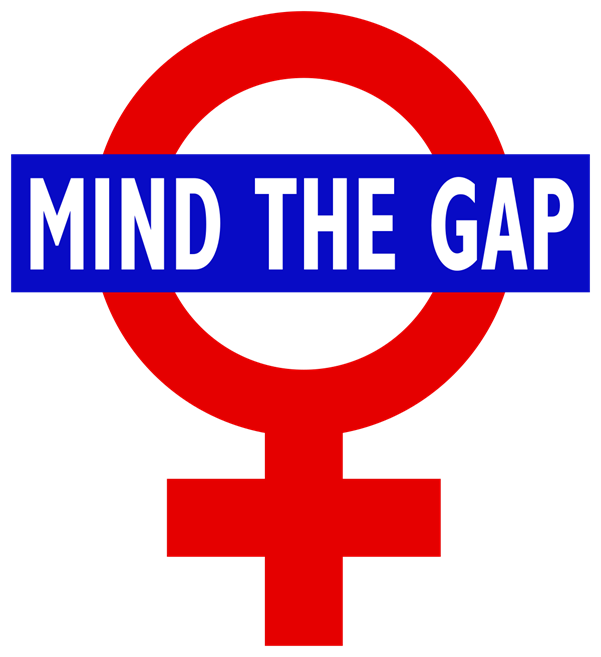Gender balance is not a matter of political correctness; it’s a fundamental aspect of a thriving society. Achieving equilibrium between male and female participation fosters diverse perspectives, leading to more innovative solutions and ideas. Uncovering the disparities in engagement is essential for addressing the root causes. By understanding why certain activities attract more participation from one gender over another, we can create targeted strategies to bridge the gap.
Women often face unique challenges, including societal expectations, stereotyping, and sometimes, lack of support. Recognizing and addressing these challenges is crucial for creating an environment where female participation can flourish. A society plays a pivotal role in encouraging female participation by implementing mentorship programs, promoting female role models, and creating safe spaces for dialogue are key steps towards fostering inclusivity. Highlighting success stories of women who have overcome such challenges serves as inspiration to many other women in the society that have not found their voices yet.
Understanding that gender balance doesn’t mean sameness but providing equal opportunities while respecting and embracing the unique contributions each gender brings to various spaces. Education is a powerful tool for dismantling stereotypes. Integrating gender studies into curricula and fostering open discussions can help break down preconceived notions, creating a more understanding and tolerant society.
Stereotypes often dictate societal expectations, influencing the participation patterns of both genders. Overcoming these stereotypes requires challenging societal norms and embracing a more inclusive mindset. Changing societal mindsets is a gradual process. Educational campaigns, media representation, and advocacy efforts all play a role in reshaping perceptions, allowing individuals to participate based on their interests and abilities rather than societal expectations.
Open and inclusive conversations create an environment where diverse voices can be heard. The society and workplaces should facilitate dialogues that address gender-related issues, fostering understanding and collaboration. Safe spaces allow individuals to express themselves without fear of judgment. Establishing these spaces in academic and professional settings encourages open communication, leading to a more inclusive and supportive community.The positive impact of inclusive dialogue extends beyond immediate circles. Engaging in open conversations creates a ripple effect, influencing societal norms and contributing to the broader movement towards gender balance.
Fostering gender balance today has a lasting impact on future generations. Children growing up in inclusive environments are more likely to embrace diversity and contribute to a society where everyone has equal opportunities. Implementing reforms in educational systems to eliminate gender biases and promote inclusive teaching methodologies is crucial. This ensures that young minds are nurtured with values of equality and respect. Society as a whole bears the responsibility of creating an environment where everyone can thrive. Recognizing that gender balance is a collective goal encourages collaboration and shared efforts towards building a more inclusive future.
In embracing diversity, we create a richer tapestry of perspectives, ideas, and contributions. It’s a collective responsibility to foster an environment where everyone, irrespective of gender, can flourish and contribute to the betterment of society.
Article By,








